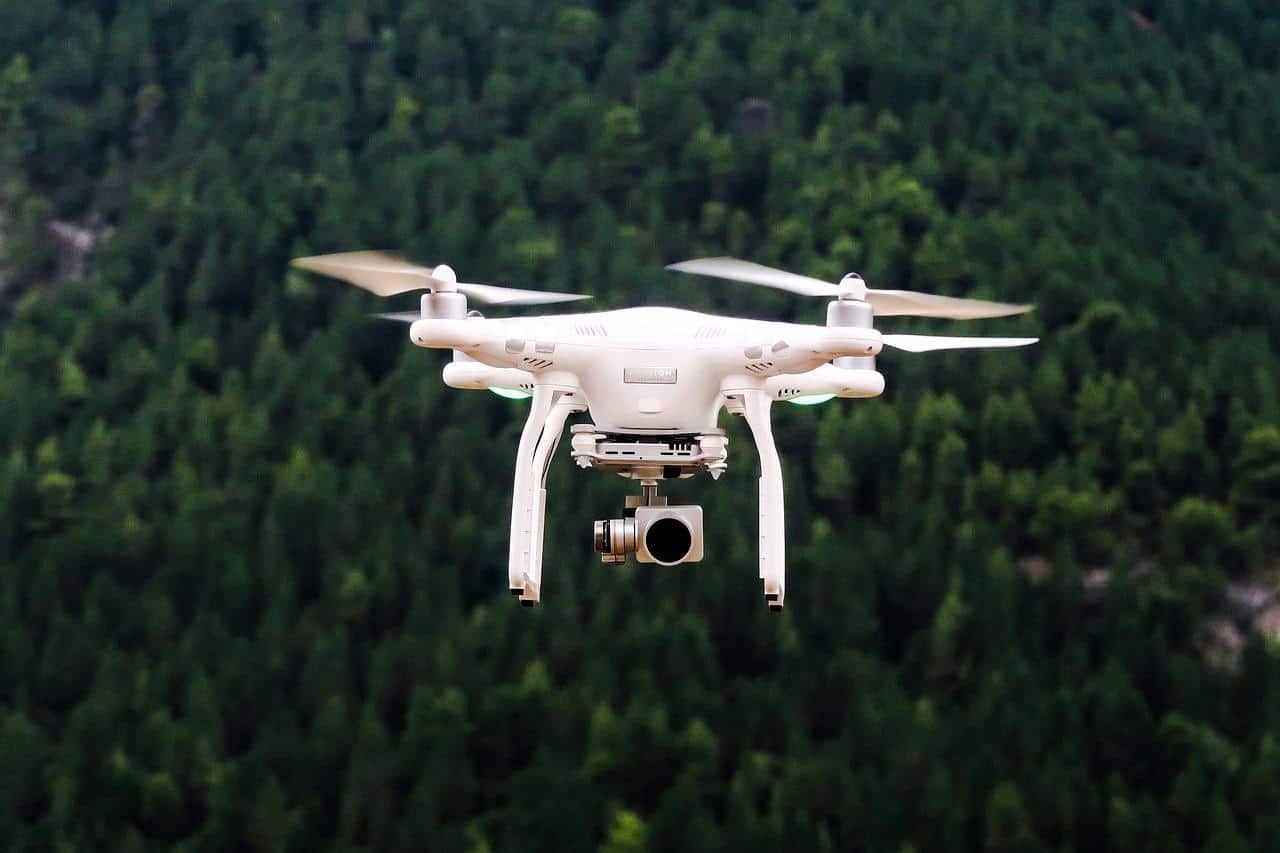In Costa Rica, the exact number of American crocodiles (Crocodylus acutus) remains unknown, despite signs of population recovery in recent decades. To address this gap, the International Institute for Conservation and Wildlife Management (Icomvis) at the National University (UNA), in collaboration with the School of Topography, Cadastre, and Geodesy, has launched a pioneering drone-based program to count and monitor crocodile populations across the country’s rivers and estuaries.
Traditional monitoring methods involve researchers navigating rivers at night, using flashlights to spot the reflective eyes of crocodiles to estimate their numbers and sizes. These surveys are risky, costly, and labor-intensive, requiring specialized equipment and trained personnel. The new drone initiative aims to overcome these challenges by capturing daytime aerial images for safer and more efficient data collection.
“We must establish specific areas to capture information during the day and then process the images. This allows us to count the crocodiles, map their distribution in the river, and estimate their population structure by size,” said Laura Porras, a researcher at Icomvis-UNA. She emphasized that developing a standardized protocol is critical, as the approach is novel both in Costa Rica and globally.
Standardizing drone flights involves determining optimal conditions, such as the time of day to account for sunlight reflection on water, flight heights that avoid disturbing wildlife, and weather factors like rain or wind. “All these parameters will be outlined in the protocol so that authorities, such as the Ministry of Environment and Energy, can use it for monitoring in various regions,” Porras explained. Lessons from earlier drone surveys, such as a 2017 study in Costa Rica and a 2018 West African project, are informing these efforts, with flight altitudes of 50–100 meters being considered to balance detectability and minimal disturbance.
The program responds to growing concerns about human-crocodile conflicts, particularly in regions like Guanacaste, where habitat overlap has increased due to agricultural and urban expansion. Accurate population data will guide management strategies to reduce conflicts while supporting conservation. The American crocodile, listed as vulnerable by the IUCN, plays a vital role as a keystone species, influencing ecosystems through selective predation, nutrient recycling, and maintaining wetland habitats during droughts.
Crocodiles face threats from habitat loss, water pollution, and illegal hunting, which jeopardize biodiversity and ecosystem stability. By providing precise data on population size and distribution, the drone program hopes to strengthen conservation efforts and ensure the long-term survival of this ecologically critical species.









